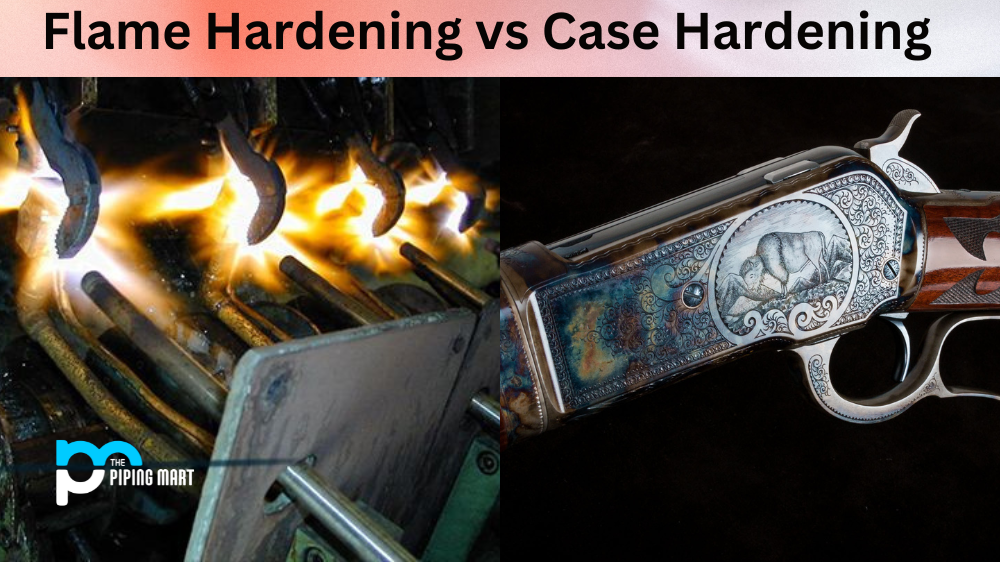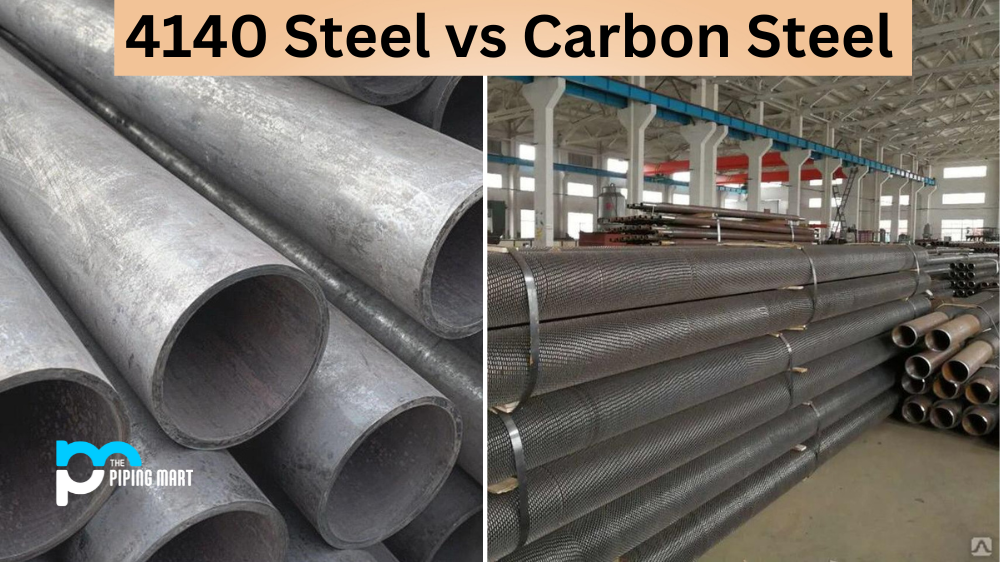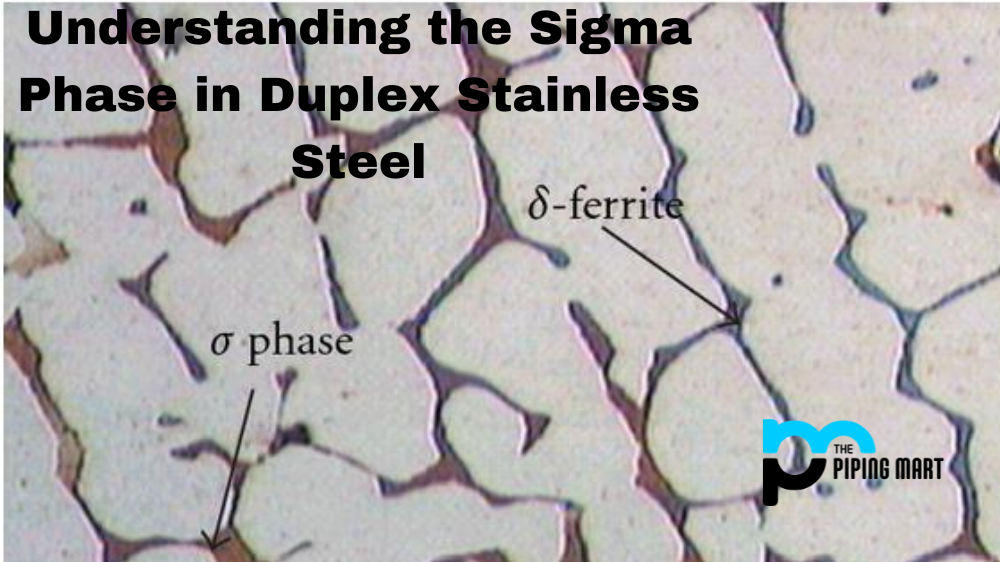If you are a metalworker or manufacturing professional, chances are you have heard of flame hardening and case hardening. While the two processes share some similarities, there are key differences that make it important to understand which process is best for a given application. In this blog post, we will explore exactly what makes these two processes differ from each other and when to use one over the other.
Flame Hardening
Flame hardening is a heat treatment process used to harden the surface of metal components while leaving their core relatively soft. The process involves heating the component with an oxy-acetylene torch until it reaches a temperature just below its melting point. This heat causes the metal’s surface to become brittle and then quickly quench in oil or water to set the hardened surface in place. This process imparts hardness that can be up to 70 on the Rockwell C scale, making it ideal for parts that require high wear resistance but must retain flexibility at their core.
Case Hardening
Case hardening is also a heat treatment process designed to increase the hardness of metals without affecting their core properties. In this process, metal components are heated until they reach a temperature just above their transformation point before being placed in an environment containing carbon monoxide gas. The gas diffuses into the component’s surface layer, causing it to become harder than its core without becoming brittle or losing its ductility—a phenomenon known as “case hardening”. As with flame hardening, case-hardened components typically exhibit hardness values up to 70 on the Rockwell C scale but without sacrificing flexibility at their core.
Difference Betweeen Flame Hardening and Case Hardening
- Flame hardening is a process in which the surface of a metal object is heated to a high temperature and then quenched in water or oil.
- Case hardening is a process in which the surface of a metal object is coated with a material that will absorb carbon, such as charcoal, and then heated.
- Flame hardening is more expensive than case hardening.
- Flame hardening can be used on all types of metals, while case hardening can only be used on low-carbon steels.
- Flame hardening produces a harder and more wear-resistant surface than case hardening.
Conclusion:
In conclusion, both flame hardening and case hardening are excellent heat treatment processes used by metalworkers and manufacturers alike. Each process has its own benefits and drawbacks depending on the application; flame hardening offers higher wear resistance, while case hardening provides greater flexibility at its core. Understanding when each should be used will ensure you get optimal results from your finished product while avoiding costly mistakes down the line. With that in mind, make sure you do your research before deciding which heat treatment method is best for your project!

Abhishek is a seasoned blogger and industry expert, sharing his insights and knowledge on various topics. With his research, Abhishek offers valuable insights and tips for professionals and enthusiasts. Follow him for expert advice on the latest trends and developments in the metal industry.




